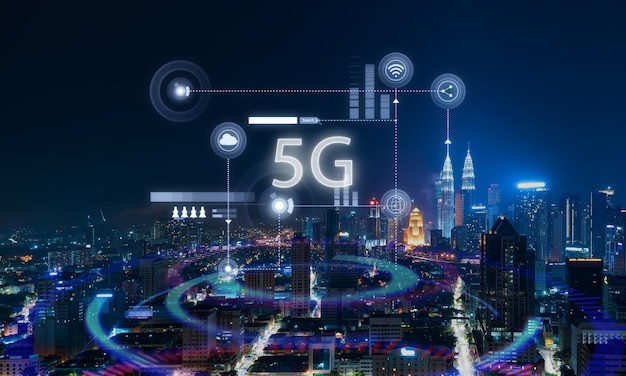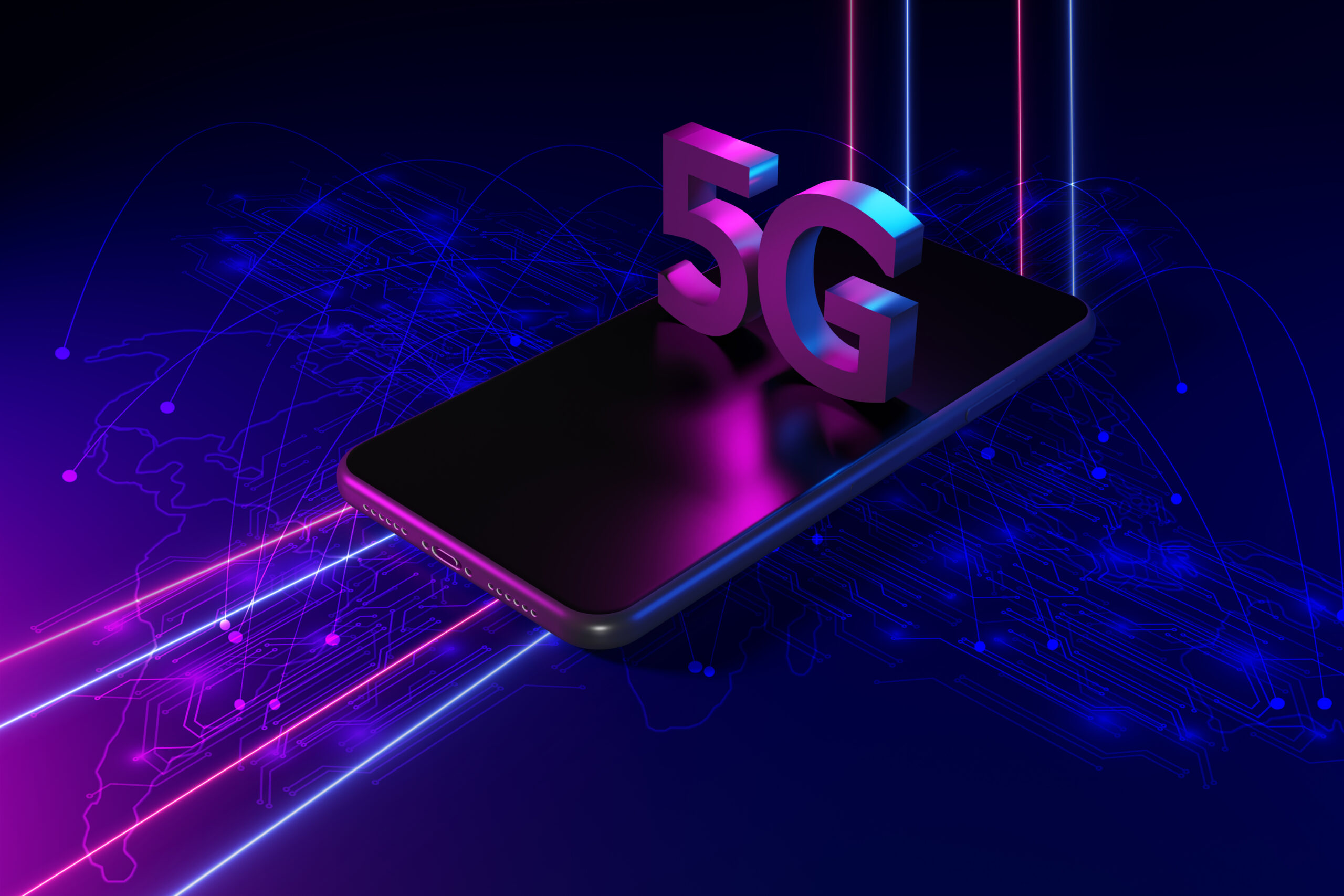
Introduction:
The advent of 5G technology marks a significant leap forward in the realm of telecommunications, promising to revolutionize the way we connect, communicate, and interact with the world around us. As the fifth generation of wireless technology, 5G is not merely an incremental improvement over its predecessor, 4G LTE, but a transformative force that will reshape industries, enable new applications, and unlock unprecedented levels of speed, reliability, and efficiency.
What is 5G :
5G stands for the fifth generation of mobile network technology. It is designed to deliver faster data speeds, lower latency, and greater capacity than previous generations. While 4G LTE brought us high-speed internet on our smartphones, 5G takes connectivity to a whole new level. It operates on a broader range of frequencies, including low-band, mid-band, and high-band (millimeter-wave) spectrum, each offering unique advantages. Low-band provides wide coverage, mid-band balances speed and range, and high-band delivers ultra-fast speeds over shorter distances.
Key Features of 5G:
Blazing Fast Speeds: 5G networks are capable of delivering download speeds of up to 10 gigabits per second (Gbps), which is 100 times faster than 4G. This means downloading a full-length HD movie in seconds or streaming high-quality content without buffering.
Ultra-Low Latency: Latency refers to the time it takes for data to travel from one point to another. 5G reduces latency to as low as 1 millisecond (ms), compared to 30-50 ms on 4G. This near-instantaneous response is critical for applications like autonomous vehicles, remote surgery, and real-time gaming.
Massive Connectivity: 5G can support up to 1 million devices per square kilometer, making it ideal for the Internet of Things (IoT). This means smarter cities, connected homes, and seamless communication between countless devices.
Enhanced Reliability: With improved network stability and reduced signal interference, 5G ensures consistent performance even in crowded areas or during peak usage times.
Applications of 5G:
The potential applications of 5G are vast and span across various sectors:
Healthcare: 5G enables telemedicine, remote patient monitoring, and even remote surgeries. Doctors can perform procedures using robotic arms controlled from thousands of miles away, thanks to the ultra-low latency and high reliability of 5G.
Autonomous Vehicles: Self-driving cars rely on real-time data processing and communication with other vehicles, infrastructure, and traffic systems. 5G’s low latency and high-speed connectivity are essential for ensuring safety and efficiency in autonomous transportation.
Smart Cities: 5G will power smart city initiatives by connecting sensors, cameras, and devices to optimize traffic management, energy consumption, waste management, and public safety.
Entertainment and Gaming: The gaming industry will benefit from 5G’s high speeds and low latency, enabling cloud gaming, augmented reality (AR), and virtual reality (VR) experiences without lag or interruptions.
Industrial Automation: In manufacturing, 5G will enable the use of connected robots, predictive maintenance, and real-time monitoring of production lines, leading to increased efficiency and reduced downtime.
Education: 5G can transform education by enabling immersive learning experiences through AR and VR, as well as facilitating remote learning with high-quality video streaming and interactive tools.
Challenges and Concerns:
Despite its immense potential, the rollout of 5G technology is not without challenges. One major concern is the cost of infrastructure development. Deploying 5G requires a dense network of small cells, which can be expensive and time-consuming to install. Additionally, there are concerns about the health effects of prolonged exposure to higher-frequency radio waves, although current research suggests that 5G is safe within regulatory limits.
Another challenge is ensuring equitable access. While urban areas are likely to benefit from 5G first, rural and underserved regions may face delays in deployment due to economic and logistical barriers. Bridging this digital divide will require concerted efforts from governments, telecom companies, and other stakeholders.

The Future of 5G:
As 5G continues to roll out globally, its impact will only grow. By 2030, it is estimated that 5G will contribute trillions of dollars to the global economy, creating millions of jobs and driving innovation across industries. The convergence of 5G with other emerging technologies like artificial intelligence (AI), blockchain, and edge computing will further amplify its potential, paving the way for a smarter, more connected world.
Conclusion:
In conclusion, 5G technology is not just an upgrade to our mobile networks; it is a catalyst for transformation. From healthcare and transportation to entertainment and education, 5G will redefine how we live, work, and play. As we embrace this new era of connectivity, the possibilities are limitless, and the future is brighter than ever.




